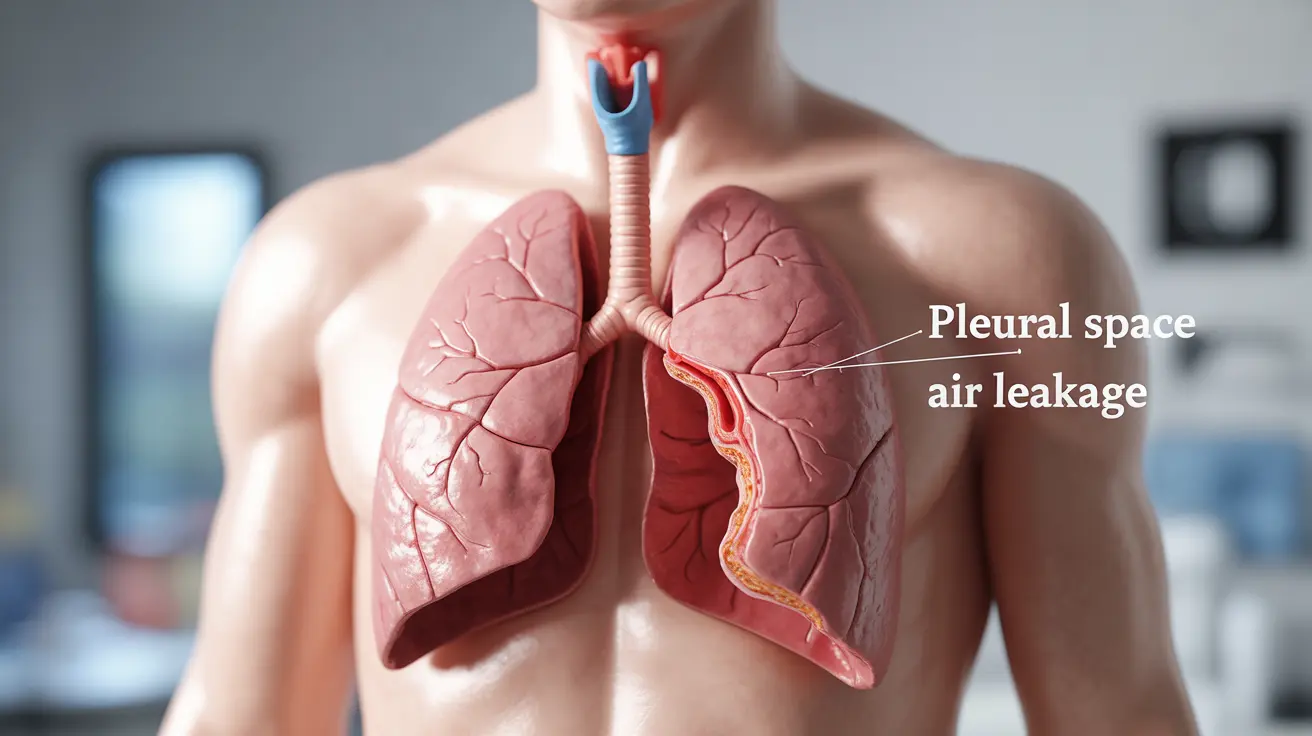A punctured lung, medically known as a pneumothorax, is a serious condition that occurs when air leaks into the space between your lung and chest wall. This condition requires prompt medical attention and understanding its symptoms, causes, and treatment options is crucial for better outcomes.
Whether caused by trauma, underlying medical conditions, or occurring spontaneously, a punctured lung can significantly impact breathing and overall health. This comprehensive guide will help you understand everything you need to know about this condition and its management.
Understanding the Signs and Symptoms
Recognizing the symptoms of a punctured lung is crucial for seeking timely medical care. Common signs include:
- Sudden, sharp chest pain that worsens with breathing
- Shortness of breath or difficulty breathing
- Rapid, shallow breathing
- Bluish skin color due to lack of oxygen
- Dry, persistent cough
- Fatigue and weakness
- Rapid heartbeat
Common Causes and Risk Factors
A punctured lung can occur due to various circumstances:
Traumatic Causes
- Blunt chest trauma from accidents
- Penetrating chest injuries
- Fractured ribs
- Medical procedures involving the chest
Spontaneous Causes
Some people may experience a punctured lung without apparent injury, known as spontaneous pneumothorax. Risk factors include:
- Tall, thin body type
- Smoking
- Underlying lung diseases
- Family history
- Previous pneumothorax
Diagnosis and Treatment Options
Healthcare providers use several methods to diagnose a punctured lung:
- Chest X-rays
- CT scans
- Physical examination
- Assessment of breathing sounds
Treatment Approaches
Treatment varies depending on the severity and cause of the punctured lung:
Conservative Management
- Observation and monitoring
- Oxygen therapy
- Pain management
Medical Interventions
- Needle aspiration
- Chest tube insertion
- Rest and breathing exercises
Surgical Options
Surgery might be necessary in cases of:
- Large air leaks
- Recurring pneumothorax
- Persistent air accumulation
Recovery and Aftercare
Recovery from a punctured lung requires careful attention and follow-up care:
- Regular medical check-ups
- Gradual return to normal activities
- Breathing exercises
- Smoking cessation (if applicable)
- Lifestyle modifications
Prevention Strategies
While not all cases of punctured lung are preventable, certain measures can reduce risk:
- Avoiding smoking
- Using protective gear during high-risk activities
- Managing underlying lung conditions
- Following medical advice
- Regular health check-ups
Frequently Asked Questions
What are the common symptoms of a punctured lung (pneumothorax) that I should watch for?
The most common symptoms include sudden chest pain, difficulty breathing, rapid shallow breathing, and a dry cough. If you experience these symptoms, especially after chest trauma, seek immediate medical attention.
How is a punctured lung treated and when is surgery necessary?
Treatment ranges from observation for small leaks to chest tube insertion for larger ones. Surgery becomes necessary when there are persistent air leaks, recurring episodes, or when conservative treatment fails to resolve the condition.
What causes a punctured lung, and can it happen without injury?
Yes, a punctured lung can occur without injury (spontaneous pneumothorax). Common causes include chest trauma, medical procedures, underlying lung diseases, and in some cases, it can occur spontaneously in tall, thin individuals or smokers.
How long does it take to recover from a punctured lung and what aftercare is recommended?
Recovery typically takes several weeks to months, depending on severity. Aftercare includes regular medical follow-up, gradual return to activities, breathing exercises, and lifestyle modifications such as smoking cessation.
Can a punctured lung happen again, and how can I reduce the risk of recurrence?
Yes, there is a risk of recurrence, especially in cases of spontaneous pneumothorax. To reduce risk, follow medical advice, quit smoking, avoid high-risk activities, and manage underlying conditions effectively.




